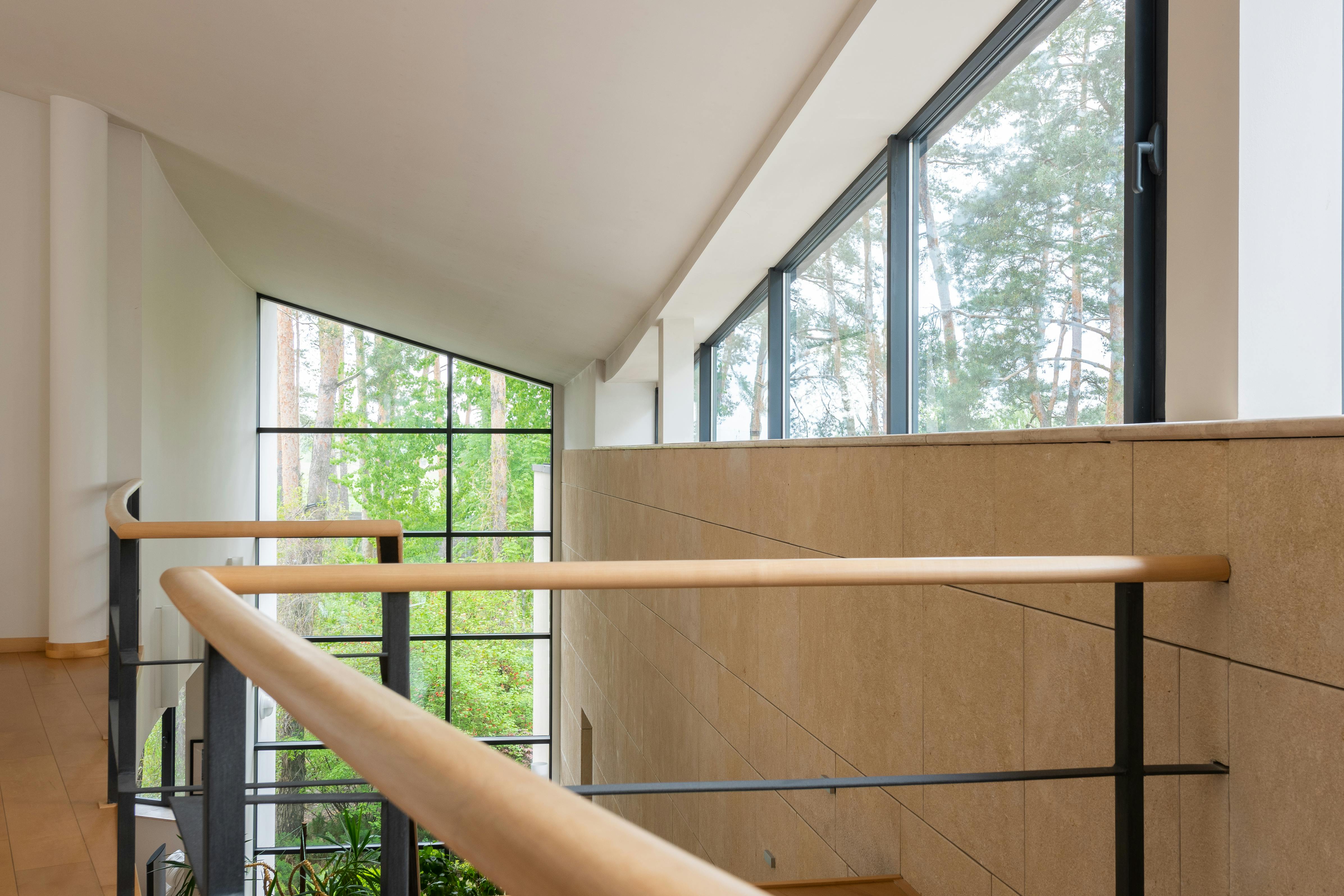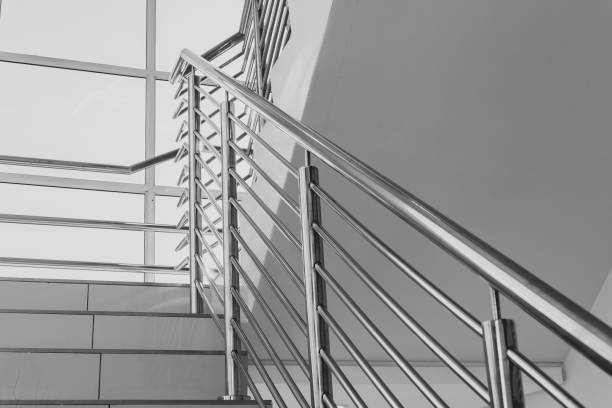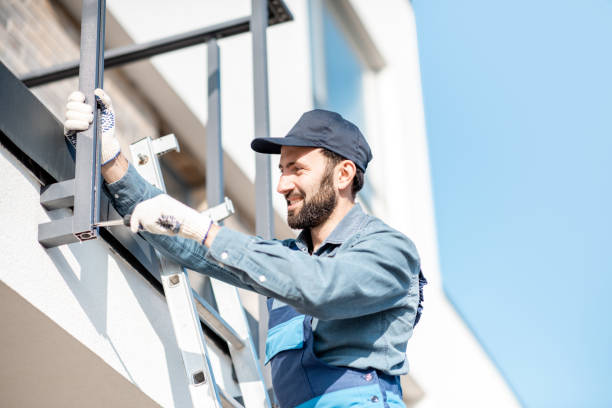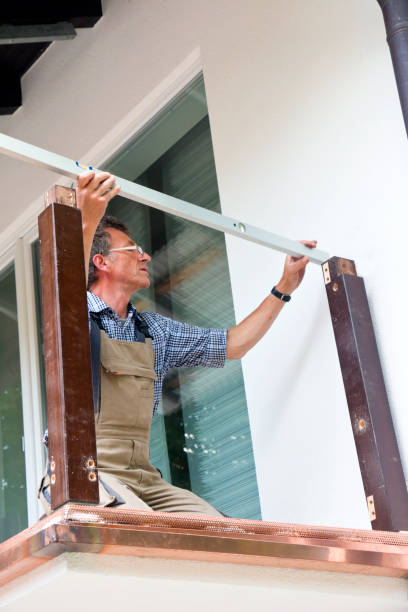A compliant handrail is a vital safety feature for any property, preventing falls and reducing liability. This guide explains the key Australian building code requirements for handrail installation and maintenance, providing essential information for property owners and managers to ensure their stairways and ramps are safe and up to standard.


Stairs and ramps are common features in many properties, but they can also be a significant safety risk. A properly installed and compliant handrail is the single most effective way to prevent falls, protect occupants, and reduce your liability as a property owner or manager.
This guide outlines the essential Australian building code requirements for handrails, helping you understand what makes a handrail safe, compliant, and reliable.
Building handrails isn't just about putting a rail on the wall. They must meet specific standards to be effective.

According to building codes, a handrail is required on at least one side of any stairway, platform, or landing that is more than 1 metre above the ground. This usually applies to any staircase with four or more risers.
Handrail installation is a task that should always be handled by a professional, especially in strata buildings where there is a duty of care to maintain common property.
Don't compromise on safety. Find a trusted expert on Build-Surety who can provide a professional and compliant handrail installation for your property, giving you peace of mind.

Find Handrail Specialists